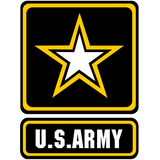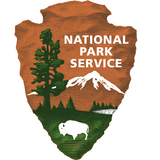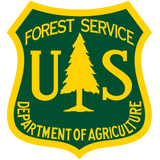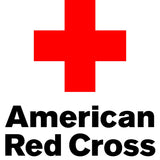
Geotextile Sandbags - 14" x 26" - Military Grade, 8 oz Nonwoven Polypropylene - Made in USA
Product Introduction
Geotextile Sandbags are a great choice for erosion control, flood protection, drainage, or any application in which you need a water barrier or sandbag wall.
Different from standard sandbags, Geotextile Sandbags are nonwoven, thus allowing them to be permeable. This is ideal for tasks that require filtration or drainage, where you want the water to pass through but not sediment and other materials.
These Military Grade Sandbags are great for heavy duty applications. They have added UV Protection, able to last 9 months under direct sunlight, and they are 3x thicker than our standard sandbags.
Specs
- Size: 14" x 26"
- Weight Capacity: 50 lbs.
- Material: Nonwoven Polypropylene
- Fabric: Geotextile
- Color: Black
- Weight: 8 oz
- Berry Compliant
Features
- Made in AMERICA - Support American jobs, American infrastructure and American FAMILIES - don't settle for some cheap foreign alternative
- WATER FLOW THROUGH: Unlike standard sandbags that does not allow water to flow through, Sandbaggy Non Woven Sandbag allows over 140 gallons per minute per sq foot of area.
- ULTRA THICK SANDBAGS: Standard 14" x 26" Sandbags weigh approx. 35 grams, but this Sandbaggy Black Sandbag is made with three times as much fabric tripling the weight to 105 grams per bag. Much tougher + more durable bag that can handle more drops.
- MATERIAL: Made of industrial grade nonwoven fabric, the same type of fabric underlying roads. Made of tough needle-punched polypropylene with a tensile strength of 205 lbs, this Sandbaggy product is built tough!
- UV PROTECTION: Made with a 4000 hr UV Inhibitor that allows sandbag to last 9 months under direct sunlight in hot, sunny places such as California, Florida, and Arizona. In cooler regions of the country, our sandbags can last 9 to 24 months depending on the amount of sun exposure on a day to day basis.
- WIDELY TRUSTED: Sandbaggy sandbags are used by many government agencies, landscapers/contractors, and nonprofits including the US Army and Red Cross.Whether for hurricanes on the East Coast or flooding in the Midwest, Sandbaggy sandbags have been there every step of the way as the first and last line of defense for the homes and businesses of everyday Americans.
- MILITARY GRADE: Used by the US Army, Sandbaggy sandbags are truly military grade. With a double stitched bottom and a 50 lb weight capacity, these heavy duty Sandbaggy Sandbags can be filled with sand or gravel. Our sandbags have a 14-inch wide opening, making them easy to fill and use.
- CUSTOMERS LOVE THEM: “These bags did the job perfectly!” - Allan L. “Bags were sturdy, very well made. Would def buy again.” - S. Hoffman. “Amazing sandbags. Ordered multiple times” - Christopher R. Sandbaggy has been in business for more than 10 years. We're lucky to be able to serve such incredible customers every day to help protect their homes and businesses with sandbag walls, prevent erosion, and ensure temporary signs stay in place to keep drivers safe on the road.
- #1 BEST SELLER: Sandbaggy Sandbags are the #1 best selling sandbags on the Internet, with over 4 million Sandbaggy Sandbags installed across this great country.
-
NTPEP Compliant - Our factory is audited annually by NTPEP to ensure our geotextiles meet all AASHTO's NTPEP standards
FAQ
What are geotextile sandbags?
Geotextile Sandbags are sandbags that are constructed from a geotextile fabric. Unlike regular sandbags, which are woven, the nonwoven geotextile fabric allows water to pass through. This makes them advantageous in things like drainage and filtration.
What is the best material for sandbags?
The best material to put in a sandbag is sand or any other material that can be tightly packed like dirt or mulch. Don't use things that have sharp edges like rocks, as that can damage the bag and are less effective at blocking water since it is not as dense as something like sand.
Where should a geotextile bag be used?
Geotextile Bags should be used anytime you need a water barrier, such as controlling beach erosion, or you need to filter and separate water and sediment, such as inlet protection.
Woven Vs Nonwoven Geotextile Fabric
The difference is water permeability. Nonwoven Geotextile Fabric is water permeable, while woven fabric is not.
Our Customers
Our sandbags, burlap bags, and landscape staples are trusted by
 Marine Corps
Marine Corps
 US Army
US Army
 Park Service
Park Service
 Forest Service
Forest Service
 Red Cross
Red Cross
 Walmart
Walmart











